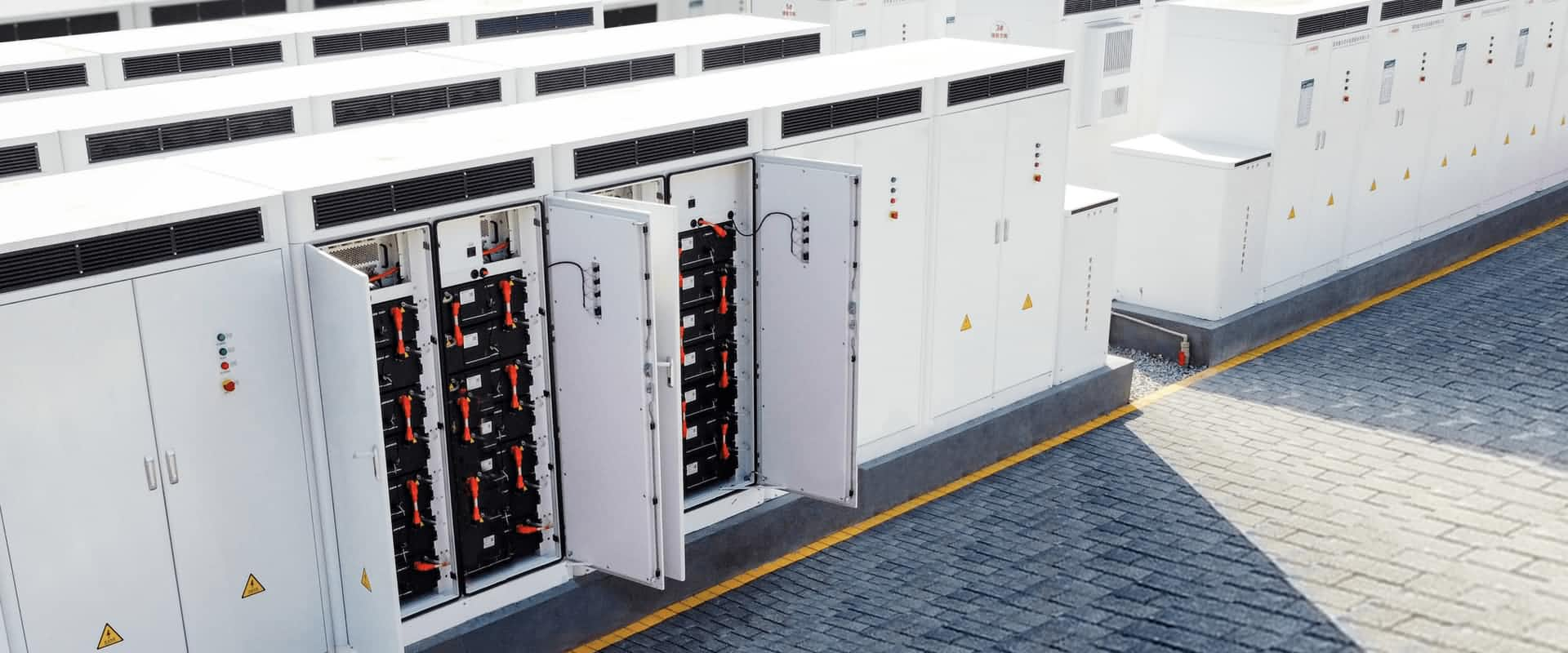Energy Storage Systems
Energy Storage Method
Stored energy refers to the process of storing energy through a medium or device and releasing it when needed. Energy storage is also a term in oil reservoirs, representing the ability of reservoirs to store oil and gas.
According to the energy storage method, energy storage can be divided into three categories: physical energy storage, chemical energy storage, electromagnetic energy storage. Physical energy storage mainly includes pumped storage, compressed air energy storage, flywheel energy storage, etc. Chemical energy storage mainly includes lead-acid batteries, lithium-ion batteries, sodium sulfur batteries, flow batteries, etc. Electromagnetic energy storage mainly includes supercapacitor energy storage, superconducting energy storage.




